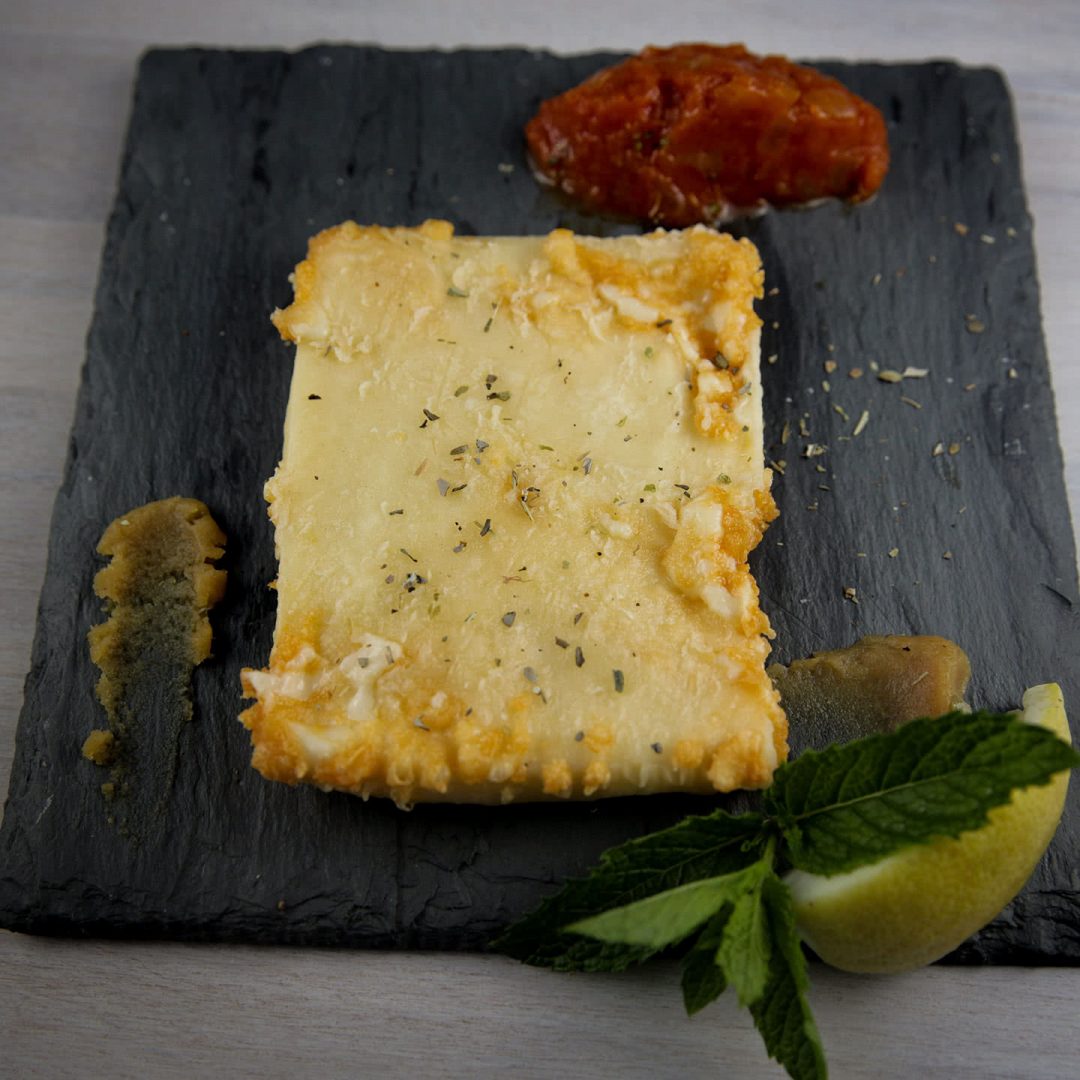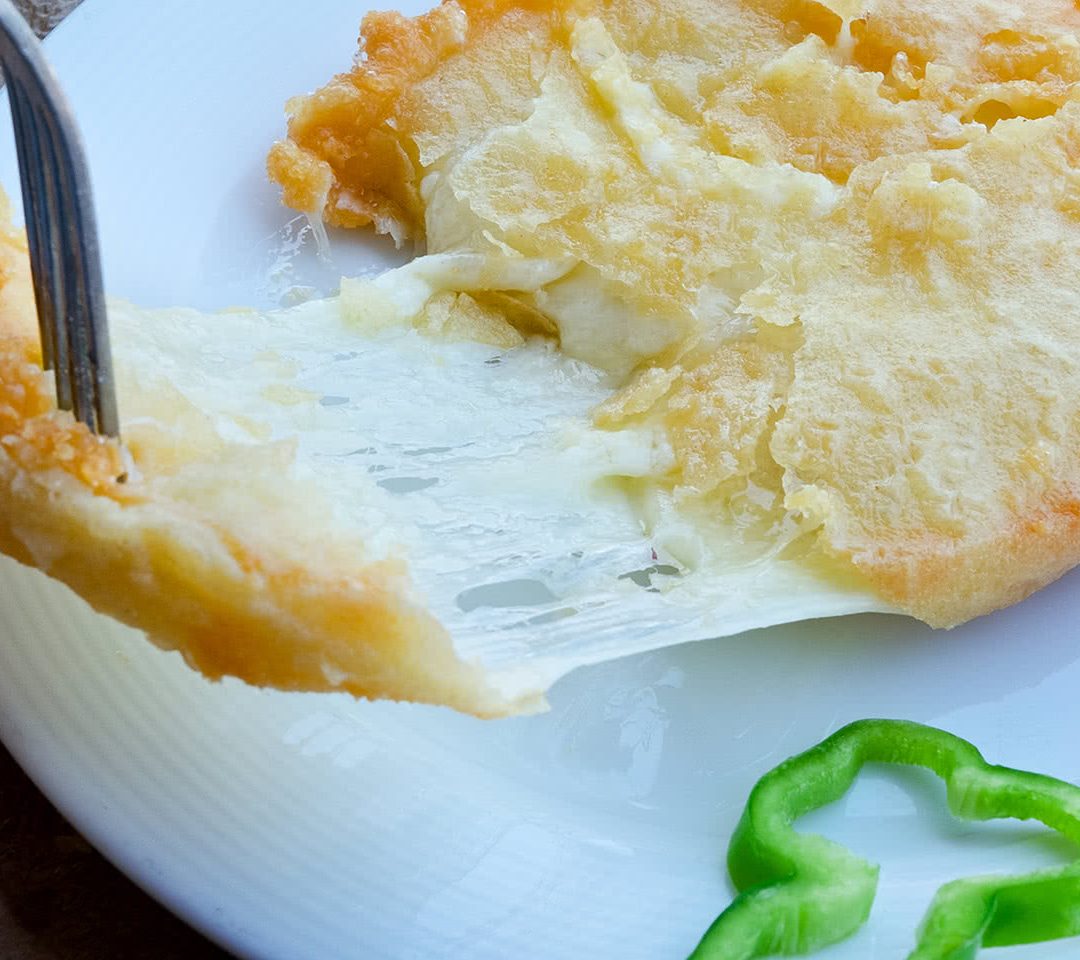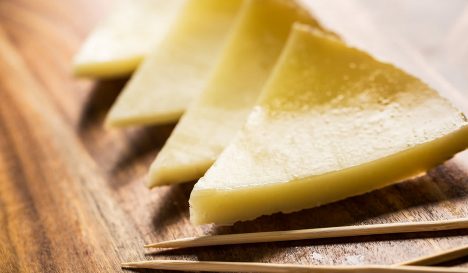Saganaki


Saganaki
-
Kitchen Greek cuisine
-
Basis Eggs / milk products
-
For who Vegetarians
What is saganaki?
Saganaki (Greek spelling σαγανάκι, pronounced: ‘sagga-NAA-kie’) is baked cheese at its simplest. Although it’s one of the most straightforward dishes in Greek cuisine thanks to a recipe calling for only three ingredients, it’s incredibly tasty and a must if you like cheese.
The name is derived from the pan in which the dish is usually prepared. The sagani is a small frying pan with a handle on each side, a thick bottom and a shape that’s either round or oval. There are several dishes that are traditionally prepared in this pan, but it’s the cheese variant is without doubt the most popular.
How to make saganaki
The type of cheese is crucial for ensuring success with this recipe. You want a cheese that can withstand plenty of heat without melting. Traditional Greek chefs prefer to use hard Greek cheeses, such as graviera, kefalotyri or kefalograviera, while Cypriot chefs prefer halloumi. Saganaki made with feta, however, isn’t all that favoured in Greece.
The cheese itself is cut into slices measuring at least one centimetre, making it big enough that it shouldn’t melt during preparation. Slices are then moistened with water, dusted with flour and seared then fried in some oil on a high heat.
How to eat
Squeeze a slice of lemon over the finished article and you’re good to go.
Why not try
Are you a cheese lover? Besides saganaki, you’ll probably want a portion of feta in your mezze spread, or manchego for the ultimate mixed mezze-tapas platter.
Please consider
Saganaki is an easy-going dining option for the table. It makes a great appetiser, is great for mezze with a few olives, while it also tastes great sliced and stuffed into a pita roll for a great Greek take on the humble cheese sandwich.







